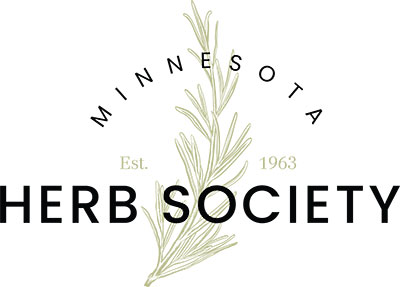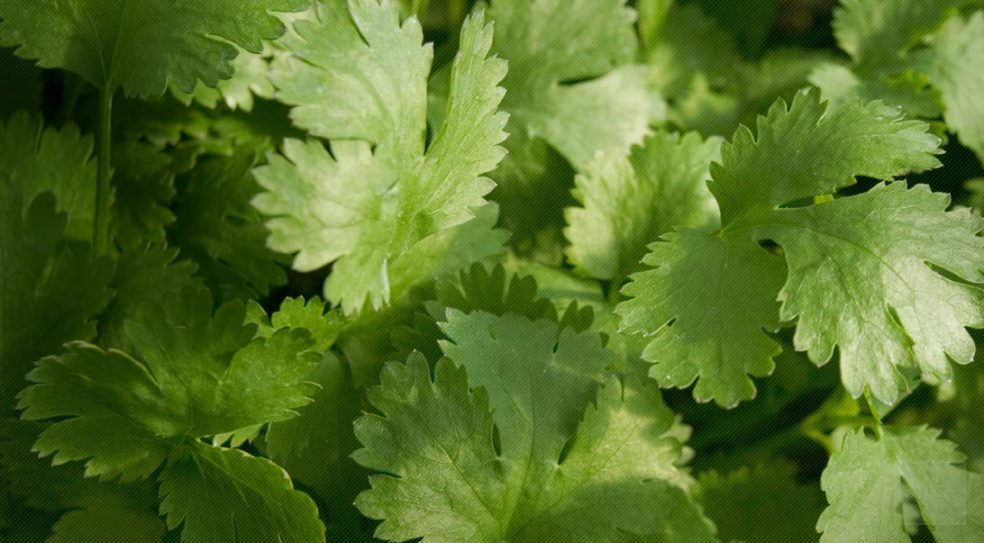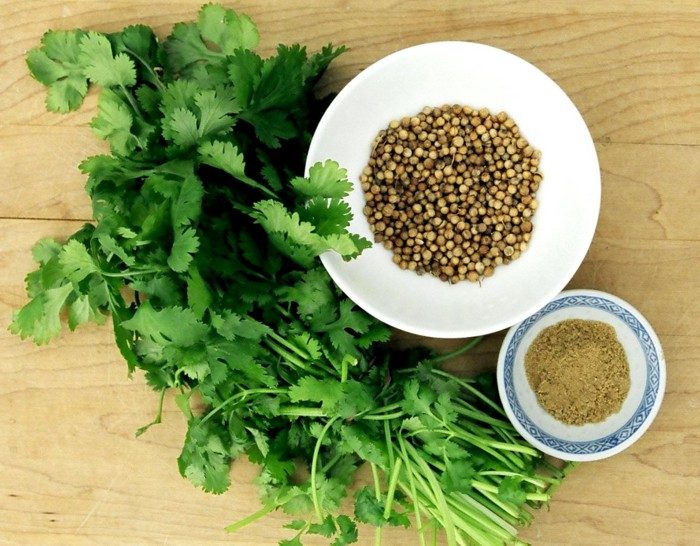The 2017 I.H.A. Herb of the Year is Coriandrum sativum, commonly known as cilantro or coriander.
Cilantro and Coriander—What’s the Difference?
Cilantro and coriander are different parts of the same plant, although the two have the same meaning in different countries. While people in Latin America prefer to say cilantro, the people in South East Asia and the Middle East prefer to say coriander.
Cilantro (sih-LAHN-troh) is the Spanish word for the leaves of the coriander plant (also sometimes called Chinese or Mexican parsley). Technically, coriander refers to the entire plant, which is a member of the carrot family. The herb, cilantro, is often used in Asian and Latin American cooking and has a lively citrusy and, to some, a slightly soapy flavor. The seed coriander has a spicy and lemony aroma and flavor and is often paired with cumin and cinnamon,
In the U.S., cilantro and coriander are considered to be different and have different uses. Cilantro is referred as leaves of the plant and coriander as the seeds. In most Minnesota supermarkets, you will find fresh cilantro in the produce section and dried whole or ground coriander seeds in the spice section. However, because of the differences in other cultures as noted above, you may find these terms used interchangeably in ethnic groceries or at farmers’ markets.
Chopped fresh cilantro leaves are widely used in Mexican and Tex-Mex cooking, where they are combined with chilies and added to salsas, guacamole, and seasoned rice dishes.
The essential seed oil is used in various herbal remedies and dietary supplements, and to flavor gin, vermouth, liqueurs, tobacco and perfumery.
When purchasing, look for leaves that are tender, aromatic, and very green. Fresh cilantro does not keep well, and the flavor of dried is not comparable.


